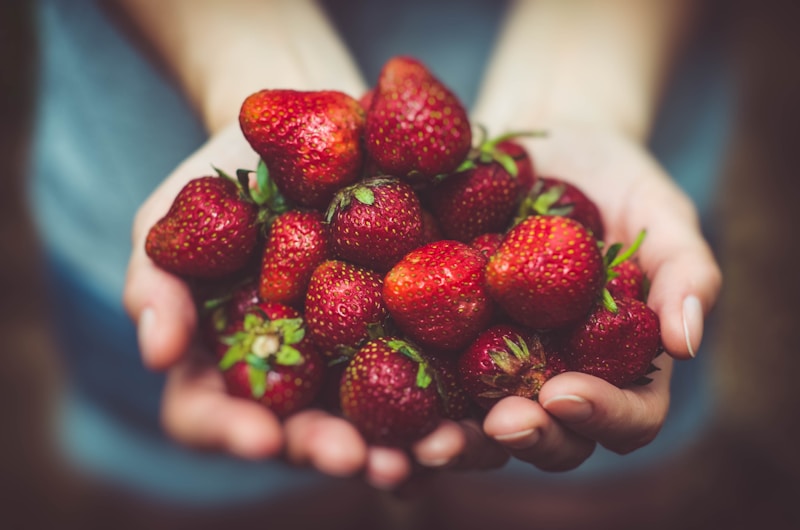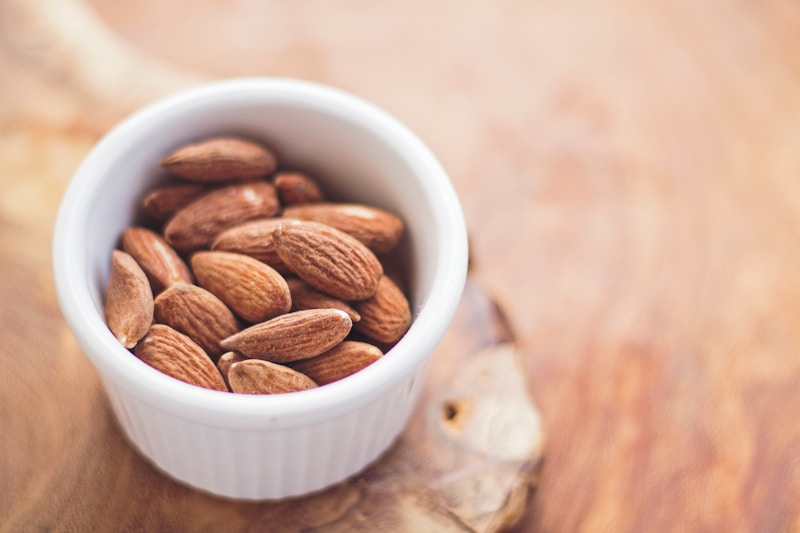12 Questions
Food presentation is not just about taste, but also a visual ________ that can evoke emotions.
spectacle
The appearance of food influences how we perceive its taste, texture, and overall ________.
enjoyment
Plating is the process of arranging food on a ________.
plate
Chefs pay close attention to simplicity, balance, symmetry, visual hierarchy, garnishes, and ________ in food presentation.
color
Achieving balance in terms of color, texture, and flavor is crucial in food ________.
presentation
Create symmetrical compositions that are pleasing to the ________ in food plating.
eye
Experiment with different plating techniques and ______ to find what works best for you.
garnishes
Use natural and organic ingredients to make your creations look more authentic and ______.
appealing
Always consider the balance and harmony of your dish when arranging food on a ______.
plate
Take advantage of the colors, textures, and flavors that are naturally present in the ingredients you use. As you continue to explore the world of food presentation, remember that it's all about ______ and having fun.
experimentation
Texture plays a crucial role in enhancing food presentation. By incorporating a variety of textures, chefs can create dishes that are not only visually appealing but also engage multiple ______.
senses
With practice and patience, you'll be able to create dishes that not only taste delicious but also look ______.
beautiful
Study Notes
Enhancing Food Experiences through Presentation
Food isn't just about taste; it's also a visual spectacle that can evoke emotions and set the tone for a memorable dining experience. As we delve into the world of food presentation, we'll uncover the techniques and principles that skilled chefs and home cooks use to elevate their dishes and make every bite a delightful feast for the senses.
The Psychology of Food Presentation
The concept of food presentation is rooted in the psychological phenomenon known as "mouth-gaze effect." This concept states that the appearance of food influences how we perceive its taste, texture, and overall enjoyment. A well-plated dish not only looks appealing, but it can also stimulate appetite, prompting diners to eat more.
The Art of Plating
Plating, or the process of arranging food on a plate, is an essential part of food presentation. Chefs and cooks pay close attention to the following:
- Simplicity: Keep the plate uncluttered and focus on the most important elements of the dish.
- Balance: Achieve balance in terms of color, texture, and flavor.
- Symmetry: Create symmetrical compositions that are pleasing to the eye.
- Visual hierarchy: Arrange elements in a way that directs the viewer's attention to the most important parts of the dish.
- Garnishes: Use natural or edible garnishes to add color, texture, and flavor.
- Color: Consider the color palette of the dish to create contrast and visual interest.
- Texture: Play with textures to create a dynamic and visually interesting dish.
The Role of Garnishes
Garnishes are an essential part of food presentation. They not only add color and texture but also provide an opportunity to show off your creative side. Edible garnishes can include:
- Herbs like chives, basil, mint, and thyme.
- Edible flowers like pansies, nasturtiums, and violas.
- Fruits and vegetables like slices of apple, strawberry, or cucumber.
- Spices like paprika, turmeric, and saffron.
Plating Techniques
There are several plating techniques that can help elevate your food presentation:
- Stacking: Arrange food in layers to create visual interest and drama.
- Spinning: Swirl or drizzle ingredients to create a beautiful pattern.
- Fan: Arrange ingredients in a fan-like shape for a naturally occurring pattern.
- Shaving: Use a vegetable peeler to create fine shavings of ingredients like carrots or radishes.
- Carving: Carve ingredients into intricate shapes like flowers or leaves.
The Importance of Texture
Texture plays a crucial role in enhancing food presentation. By incorporating a variety of textures, chefs can create dishes that are not only visually appealing but also engage multiple senses. Some ways to incorporate texture include:
- Crunchy ingredients like nuts, seeds, or croutons.
- Soft ingredients like avocado, cheese, or poached eggs.
- Smooth ingredients like hummus, yogurt, or mashed potatoes.
Tips for Improving Food Presentation
- Experiment with different plating techniques and garnishes to find what works best for you.
- Use natural and organic ingredients to make your creations look more authentic and appealing.
- Always consider the balance and harmony of your dish when arranging food on a plate.
- Take advantage of the colors, textures, and flavors that are naturally present in the ingredients you use.
As you continue to explore the world of food presentation, remember that it's all about experimentation and having fun. With practice and patience, you'll be able to create dishes that not only taste delicious but also look beautiful. And in doing so, you'll give your diners a truly memorable experience.
Discover the art and psychology behind food presentation, from plating techniques to the role of garnishes and the importance of texture. Uncover the secrets that skilled chefs and home cooks use to create visually stunning and appetizing dishes that elevate the dining experience.
Make Your Own Quizzes and Flashcards
Convert your notes into interactive study material.




